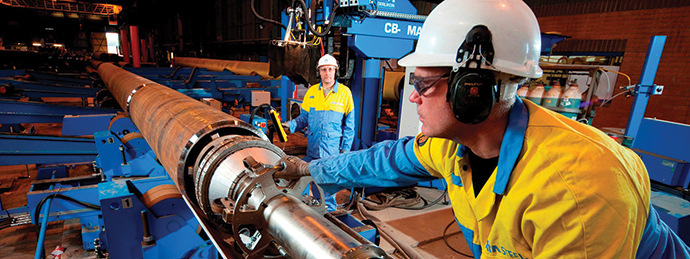When an EF5 tornado ripped through Joplin and killed 161 people on May 22, 2011, some wondered whether the city of 52,195 people in Southwest Missouri would ever fully recover.
Seven years later, that question has been answered with a resounding "Yes." After $800 million in reconstruction efforts that included 7,500 new homes and a $40-million performing and cultural arts center, Joplin is more than back. It is better than ever.
"Our best-kept secret is just us in general," says Rob O’Brian, president of the Joplin Area Chamber of Commerce and Joplin Regional Partnership, which serves an area of 350,000 people. "Nobody is out there beating the drum for Joplin. People are surprised when they come to this region and find out how dynamic and diversified it is. We have a very good business focus in manufacturing, technology, logistics and healthcare."
That focus recently manifested itself in some sizable expansion projects. Frozen-foods producer Ajinomoto Windsor invested $54 million into a 150,000-sq.-ft. facility that will employ 240 workers. Heartland Pet Foods, which makes Blue Buffalo products, is adding 112,000 sq. ft. and 50 jobs; and Missouri’s first new medical school in 50 years just opened.
The Joplin campus of the Kansas City University of Medicine and Biosciences opened on June 6, 2017. Some 162 students enrolled in the first class and began coursework last July. After four years, the school is projected to have an enrollment of 600 students and generate an annual economic impact of more than $100 million in the region.
Chief selling points of the Joplin area, he adds, are its central location in the state and country, transportation connectivity facilitated by Interstates 44 and 49, strong rail network served by two Class I railroads, lower property taxes and utility rates, and overall low operating costs. In addition, about 55 percent of the available labor pool has some college education, and 88 percent have earned a high school diploma.
"We encourage business growth and new business attraction," O’Brian says. "People support each other and cooperate as a region. And the quality of life is very good."

